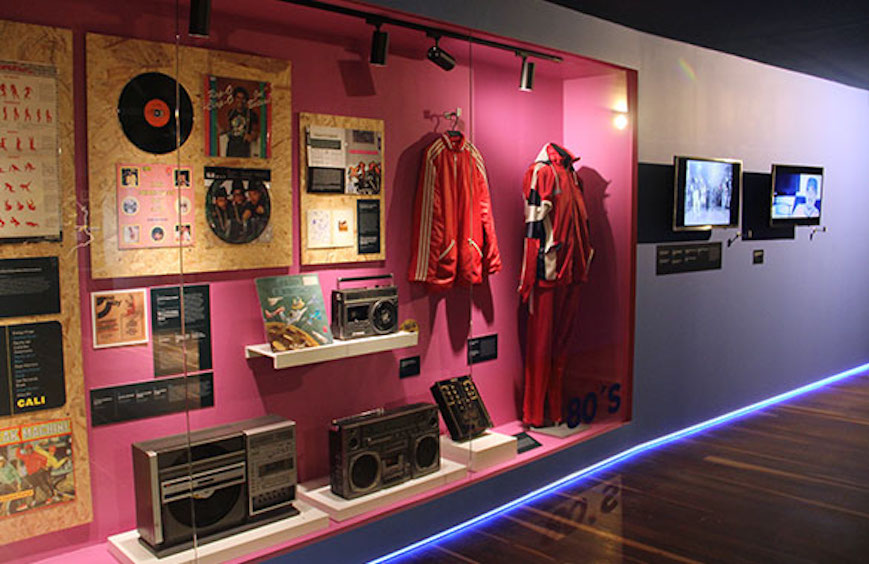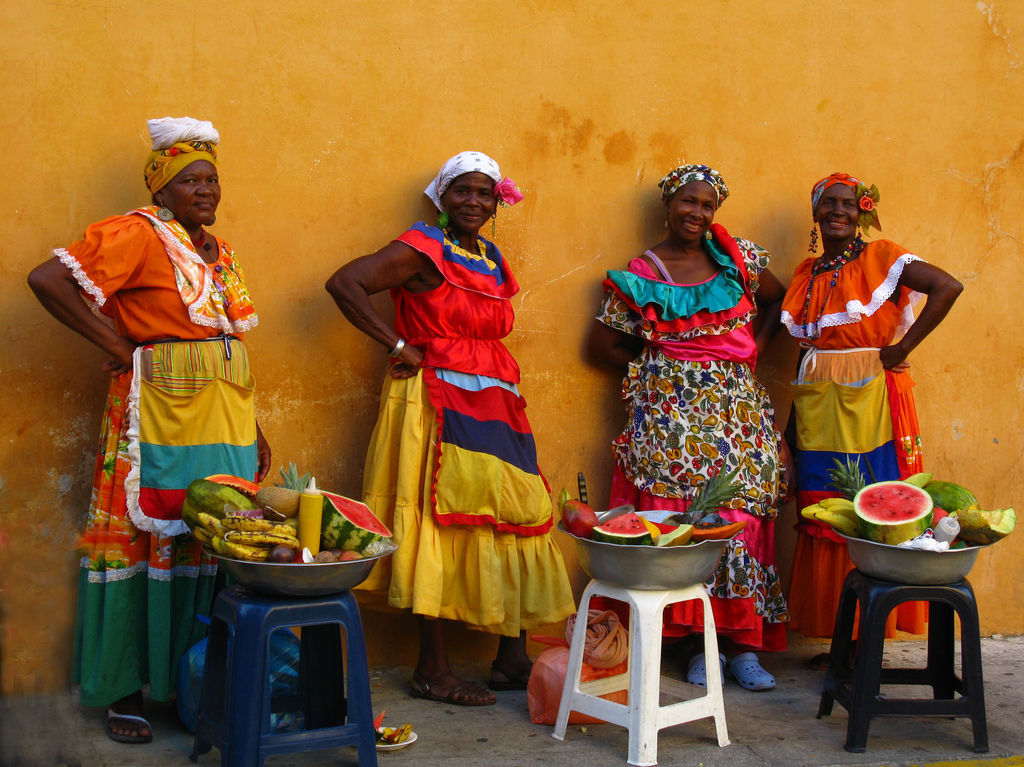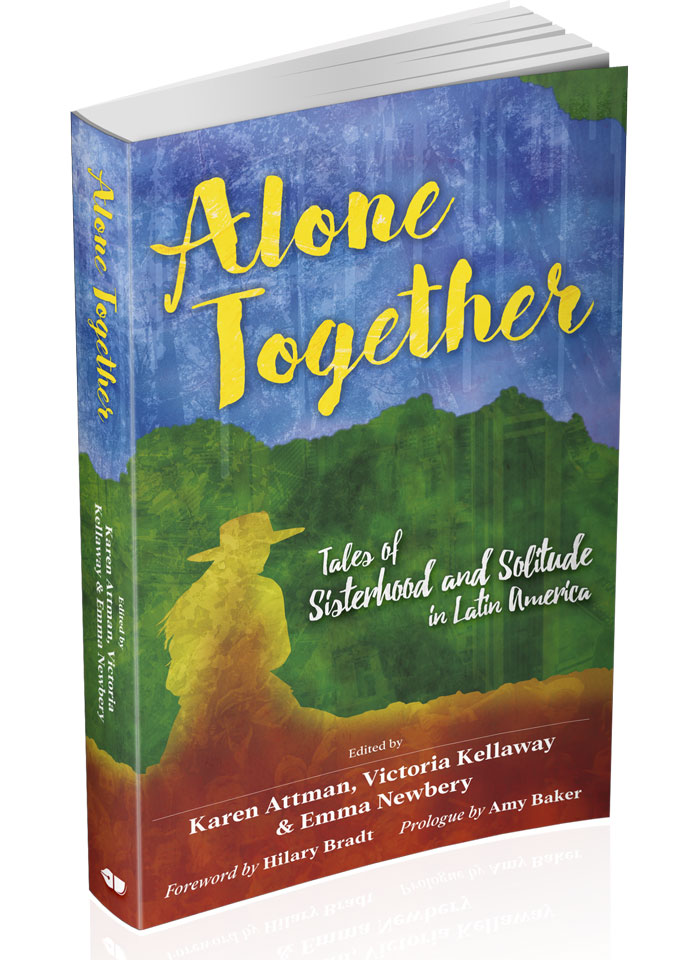
The second edition of the guide book-cum-directory, Living in Bogotá, is hot off the press and we speak to the man behind the spiral-bound tome, Boris Kruijssen. Spoiler alert: we liked it.
One of the most common laments of new arrivals to Bogotá is ‘I didn’t know!’ In fact, even if you’ve been here a while, it can be hard to find an accountant / lawyer / childminder / carpenter. And even though Tostao is now a floury failsafe, you can still never know of too many places to buy a decent loaf of fresh bread.
Which is why, back in 2013, we at The Bogotá Post were delighted to see the first edition of Living in Bogotá. It was a lifeline for people trying to find products and services in a country where many things are done through word of mouth. We were even more delighted to be asked to participate in one of Lure Media’s panel discussions when they started to work on the second edition.
In the words of Lure Media director, Boris Kruijssen, “We knew that Bogotá wasn’t an easy city to move to and we wanted to help people to get settled in the capital. And help them to get maximum enjoyment out of the city, by giving them practical, interesting and curated information.” Lure Media also produce free Lure City Guides for Bogotá and Cartagena, which are packed with the best hotels, restaurants, bars and galleries in town.
He tells us that, while the base design has not changed that much, the big thing in their second edition has been keeping up with the tremendous growth of the city. “Over the last few years, Bogotá has changed a lot – so we had to change with it,” he says.
“There are different zones opening up, there are more people offering relevant services and products.” Though he adds, “That didn’t mean we could just add them to our recommendations directory: we had to vet them through our panel groups first.”
Practical tips
Now we’ve got our grubby paws on the long-awaited new book, it’s no disappointment. 254 pages with the same funky infographics and clean design we saw five years ago. There’s chapters on everything: from ‘Arriving’ to ‘Escapes’ and ‘Restaurants & Nightlife’ to ‘Health & Beauty.’ “Throughout the chapters, you will find interesting and relevant editorials with practical tips, references to websites, helpful maps, testimonies of newcomers and residents and so much more,” Boris tells us proudly.
The team spoke to over 200 residents – both local and foreign – to gather information for volume one. This ethos hasn’t changed: “We have now published our second edition with a completely updated directory of almost 2,000 practical recommendations, again all based on the outcome of the panels we’ve organised with different groups of people in this ever-changing, bustling city.”
Being very Anglo-language focused, one thing that puzzled us was: why make it a bilingual book? It adds a massive challenge to the design and production, and does at times make it harder to read. Boris explains that it made sense, since 70% of the expats in Colombia are Spanish speaking. More than that, he says, “When we realised that our Living in Bogotá guide was used by many Colombians who arrived from other cities, we were convinced to keep it bilingual.”
Related: How is it to live in Bogotá?
Understandably, getting all of that information together and making it accurate is no mean feat. The most challenging part, according to Boris, was “to fit all the practical information within the 254 pages. This also meant tough choices had to be made.” That and making sure it was as up-to-date as possible: “Even the day before going to print we updated our directory with the latest information on a new club opening.”
The end result is a very user-friendly guide, though Boris scoffed a bit at the idea of sitting and reading it from beginning to end. “The idea is more to have it to hand on the kitchen table, at the office or in the car. And when you need something, check out our expat guide.”
Keep your eyes peeled, you can buy the book at the Dutch stand 1907 in the International p
You can also get a copy delivered direct to your door by contacting Lure Media direct at [email protected] or send us a WhatsApp message to +57 320 866 9830. Or through their social media channels.





